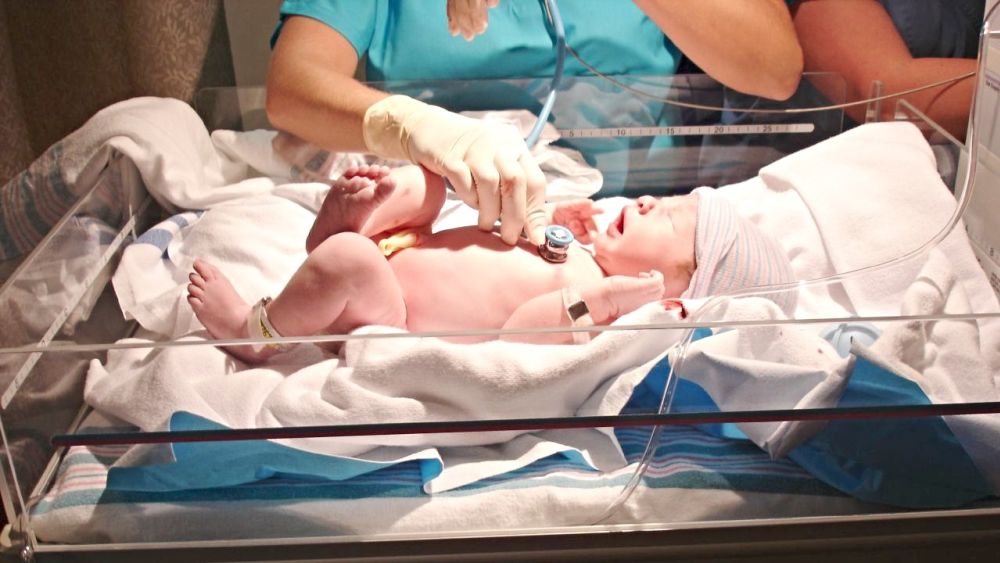Cloning
We've had cloning in the South for years. It's called cousins - Robin Williams

image by: Bakalavar
HWN Recommends
A Brave New World Of Human Cloning
Sixty years ago, Nobel Prize-winning geneticist Joshua Lederberg shocked the world with the first serious scientific paper detailing the feasibility of human cloning. Four decades later, a sheep named Dolly -- the first large mammal ever cloned -- brought his prediction a step closer to becoming a reality. Now the realization of Lederberg's proposal seems quite plausible, even if the technology needed to artificially produce humans may not emerge for another few decades.
Just as the domestication of crops and livestock triggered a revolution whose impact on society still reverberates today, cloning has the potential to fundamentally alter human culture. But will we learn the lessons…
Resources
 Scientists Just Broke the Technical Barrier to Cloning Primates, Including Humans
Scientists Just Broke the Technical Barrier to Cloning Primates, Including Humans
"The technical barrier of cloning primate species, including humans, is now broken," Qiang Sun, the lead researcher on the project at the Chinese Academy of Sciences said during a press conference on Tuesday night. "In principle, it can be applied to humans. However, the reason we broke this barrier is to produce animal models that are useful for medicine and human health. There was no intention to apply this method to humans."
 Twenty Years After Dolly the Sheep, We're No Closer to Cloning Humans
Twenty Years After Dolly the Sheep, We're No Closer to Cloning Humans
The first cloned mammal created a hysteria about the future of cloning. Two decades later, how much has changed?
 Where are the human clones? 20 years since Dolly was unveiled we look at the future of cloning
Where are the human clones? 20 years since Dolly was unveiled we look at the future of cloning
Cloning technology is mostly used for agriculture, so where will the technology go next?
 Yes, They’ve Cloned Monkeys in China. That Doesn’t Mean You’re Next.
Yes, They’ve Cloned Monkeys in China. That Doesn’t Mean You’re Next.
The new monkey clones stand out, though. “It’s the first primate ever to be cloned,” said Dr. Leonard Zon, director of the stem cell program at Boston Children’s Hospital. “We are closer to humans than we’ve ever been before.”
 You Love Dogs? Then Don’t Clone Them
You Love Dogs? Then Don’t Clone Them
Why, people want to know, did Barbra Streisand decide to clone Samantha, her coton de tulear? What would compel someone to spend $50,000 or more to create a genetic replica of a pet dog?
Have the Ethical Questions Surrounding Cloning Changed Since Dolly?
The controversies remain, and new concerns have emerged, but cloning for therapeutic purposes will ultimately be accepted.
The Pros and Cons of Cloning: Is it Worth the Risk?
With so much enhancement in medical science, cloning is slowly but surely looking like it could be in our near future. However, is it really an option that should be considered as a way to extend human life?
The sheep that changed the world
How the science of cloning has progressed since Dolly the sheep was unveiled 20 years ago.
The Truth About Dolly the Cloned Sheep
A study of the famous animal’s bones suggests the conventional wisdom about how clones age is probably wrong.
What Ever Happened to Cloning?
Those opposed to human cloning even today fear narcissists would employ the procedure in misguided attempts to live forever, that parents would try to replace children that had died, and that clones would not be given human rights.
Whatever Happened to Cloning?
In the 20 years since Dolly the sheep’s birth, the still controversial technology is making advances. These articles cover the latest developments.
 A Brave New World Of Human Cloning
A Brave New World Of Human Cloning
Just as the domestication of crops and livestock triggered a revolution whose impact on society still reverberates today, cloning has the potential to fundamentally alter human culture. But will we learn the lessons of the last revolution quickly enough to apply them before the next one begins?
Cloning & Transgenesis
Cloning & Transgenesis covers studies related to Biotechnology, Cloning and Transgenesis and focussing on topics includes cloning-techniques, cloning-vectors, genetically-modified-organism, cybridization, cloning sequencing, transgenesis-xenopus, Transgenic Plants etc.
HumanCloning.org
The non-profit Human Cloning Foundation(HCF) exists to promote human cloning and other forms of biotechnology. Cloning technology can be used to cure diseases and prolong life.
Trans Ova Genetics
Today, Trans Ova Genetics continues to offer industry-leading embryo transfer technologies, in addition to advanced reproductive technologies, including in-vitro fertilization (IVF), sexed-semen, genetic preservation and cloning.
ViaGen Pets
ViaGen Pets is committed to the health and well-being of each and every dog and cat with whom we work. That commitment is the foundation of every effort we make. Our team includes leading scientists, and we believe that moving the promising and exciting area of animal genetic research forward will benefit all animals.

Introducing Stitches!
Your Path to Meaningful Connections in the World of Health and Medicine
Connect, Collaborate, and Engage!
Coming Soon - Stitches, the innovative chat app from the creators of HWN. Join meaningful conversations on health and medical topics. Share text, images, and videos seamlessly. Connect directly within HWN's topic pages and articles.














